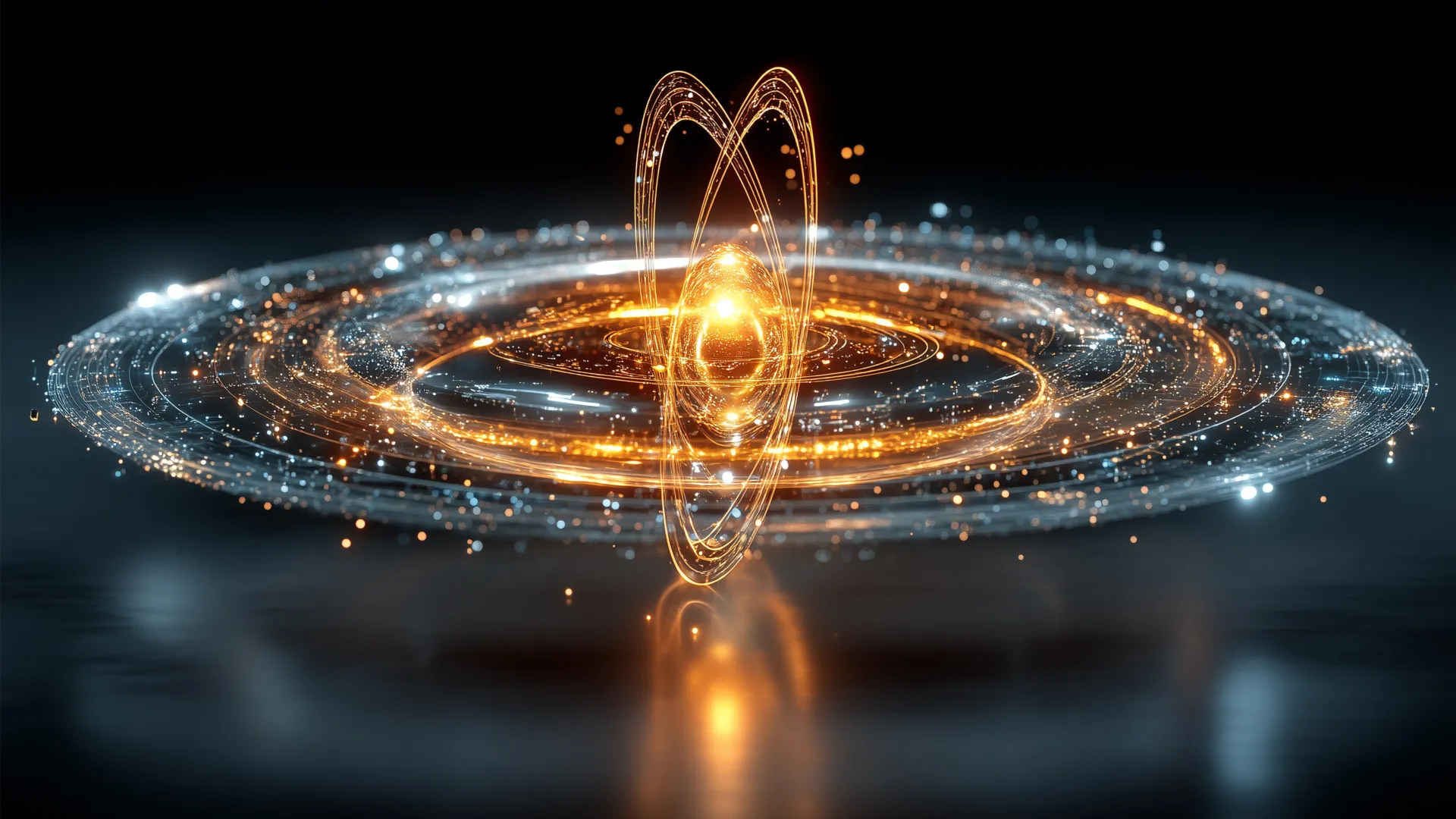You’ve never seen atoms like this before: A hidden motion revealed
- Date:
- July 26, 2025
- Source:
- University of Maryland
- Summary:
- A pioneering team at the University of Maryland has captured the first-ever images of atomic thermal vibrations, unlocking an unseen world of motion within two-dimensional materials. Their innovative electron ptychography technique revealed elusive “moiré phasons,” a long-theorized phenomenon that governs heat, electronic behavior, and structural order at the atomic level. This discovery not only confirms decades-old theories but also provides a new lens for building the future of quantum computing, ultra-efficient electronics, and advanced nanosensors.
- Share:

Researchers investigating atomic-scale phenomena impacting next-generation electronic and quantum devices have captured the first microscopy images of atomic thermal vibrations, revealing a new type of motion that could reshape the design of quantum technologies and ultrathin electronics.
Yichao Zhang, an assistant professor in the University of Maryland Department of Materials Science and Engineering, has developed an electron microscopy technique to directly image "moiré phasons" -- a physical phenomenon that impacts superconductivity and heat conduction in two-dimensional materials for next-generation electronic and quantum devices. A paper about the research, which documents images of the thermal vibration of individual atoms for the first time, published July 24 in the journal Science. (See video link below.)
Two-dimensional materials, which are sheet-like structures a few nanometers thick, are being explored as new components of next-generation quantum and electronic devices. A feature in twisted two-dimensional materials are "moiré phasons," critical to understanding the materials' thermal conductivity, electronic behavior, and structural order. Previously, moiré phasons were difficult to detect experimentally, preventing further understanding of the materials that could revolutionize quantum technologies and energy-efficient electronics.
Zhang's research team took on this challenge by using a new technique called "electron ptychography," which achieved the highest resolution documented (better than 15 picometer) and detected blurring of individual atoms caused by thermal vibrations. Her work has revealed that spatially localized moiré phasons dominate thermal vibrations of twisted two-dimensional materials, which fundamentally reshaped how scientists understand its impact.
The breakthrough study, which confirmed the longstanding theoretical predictions of moiré phasons, also demonstrated that "electron ptychography" can be used to map thermal vibrations with atomic precision for the first time -- which was previously an experimental capability out of reach.
"This is like decoding a hidden language of atomic motion," said Zhang. "Electron ptychography lets us see these subtle vibrations directly. Now we have a powerful new method to explore previously hidden physics, which will accelerate discoveries in two dimensional quantum materials."
Zhang's research team will next focus on resolving how thermal vibrations are affected by defects and interfaces in quantum and electronic materials. Controlling the thermal vibration behavior of these materials could enable the design of novel devices with tailored thermal, electronic, and optical properties -- paving the way for advances in quantum computing, energy-efficient electronics, and nanoscale sensors.
Story Source:
Materials provided by University of Maryland. Note: Content may be edited for style and length.
Journal Reference:
- Yichao Zhang, Ballal Ahammed, Sang Hyun Bae, Chia-Hao Lee, Jeffrey Huang, Mohammad Abir Hossain, Tawfiqur Rakib, Arend M. van der Zande, Elif Ertekin, Pinshane Y. Huang. Atom-by-atom imaging of moiré phasons with electron ptychography. Science, 2025; 389 (6758): 423 DOI: 10.1126/science.adw7751
Cite This Page: